X10 (programming language)

X10: Object-Oriented Programming Language for High-Performance Parallel Computing
X10 is an object-oriented programming language developed at IBM Research for productive, performance-portable parallel programming on high-end computing systems. X10 provides a set of concurrency constructs that allow programmers to exploit parallelism while avoiding deadlocks and race conditions.
What is X10 (programming language)?
X10 is an object-oriented programming language developed at IBM Research in the early 2000s for productive, performance-portable parallel programming on high-end computing systems. The key goals and features of X10 include:
- Productivity - X10 aims to improve programmer productivity through a simple programming model and strong typing.
- Performance portability - Programs written in X10 can be executed efficiently across different platforms like multi-core processors, GPUs, and supercomputers without changing code.
- Asynchrony - X10 has built-in support for concurrency and parallelism through asynchronous activities and futures.
- Locality control - X10 gives programmers fine-grained control over data placement and computation mapping to hardware resources.
- Strong typing - X10 is statically typed with type and memory safety to catch errors at compile time.
Some use cases of X10 include high performance computing applications, analytics/data mining, and scientific computing. Key programming concepts in X10 include places, activities, clocks, distributions, and futures. The latest version of the X10 language is 3.0, released in 2021.
X10 (programming language) Features
Features
- Object-oriented programming language
- Developed for parallel programming
- Provides concurrency constructs to avoid deadlocks and race conditions
- Performance portability across different systems
- APIs for distributed arrays, clocks, places
Pricing
- Open Source
Pros
Cons
Official Links
Reviews & Ratings
Login to ReviewNo reviews yet
Be the first to share your experience with X10 (programming language)!
Login to ReviewThe Best X10 (programming language) Alternatives
Top Development and Programming Languages and other similar apps like X10 (programming language)
Here are some alternatives to X10 (programming language):
Suggest an alternative ❐Python
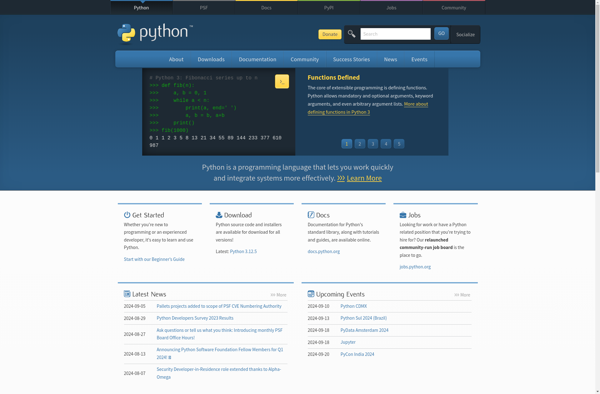
Go (Programming Language)
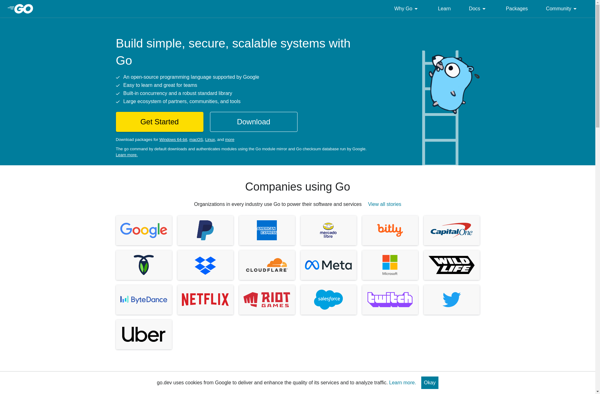
C#
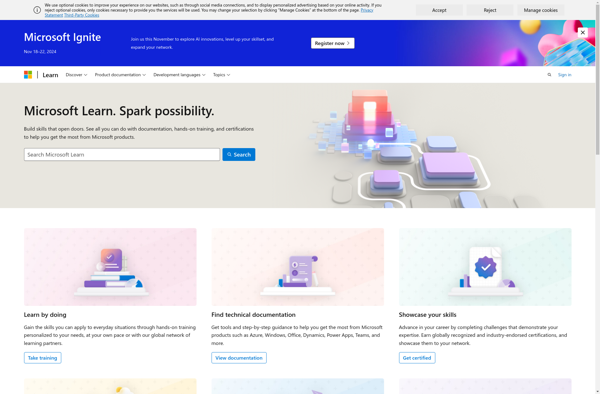
JavaScript
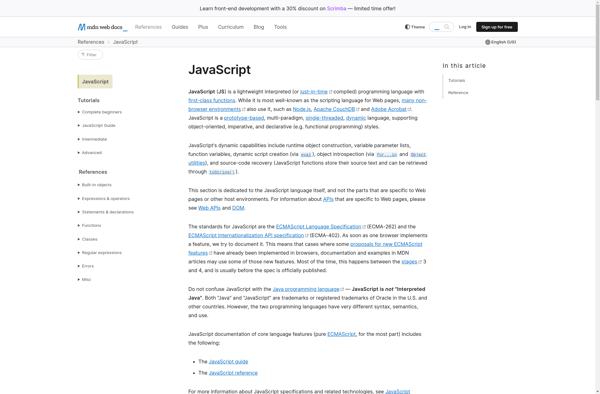
C (programming language)
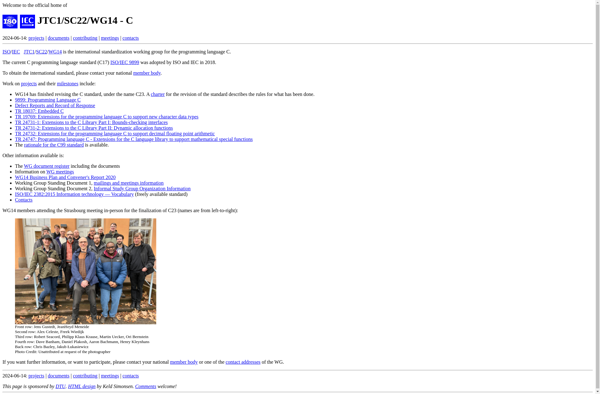
Haskell
